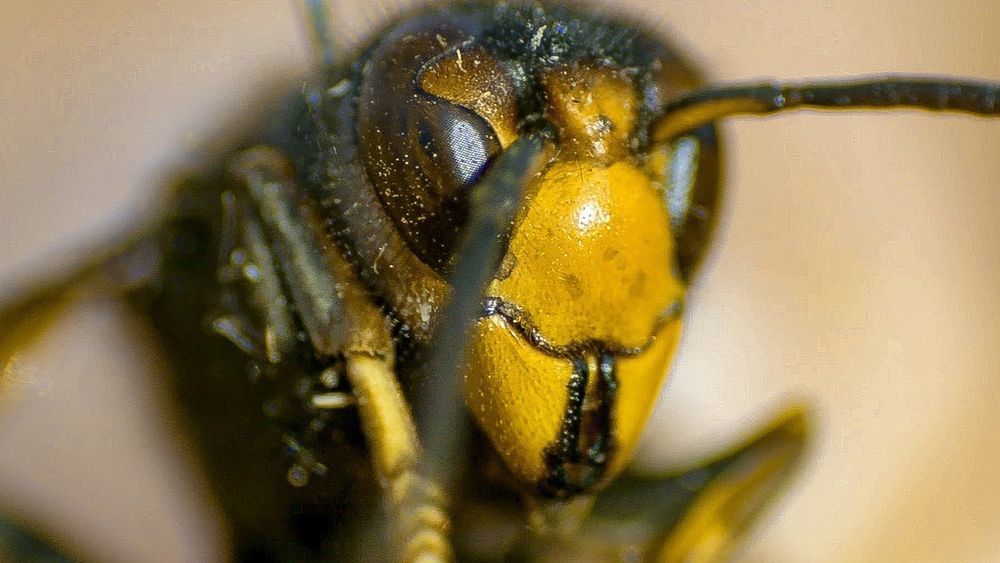Mar 11, 2020
Exercise and the brain: why moving your body matters
Posted by Genevieve Klien in categories: health, neuroscience
Exercise boosts your brain, but a walk on the wild side is what you need to keep your hippocampus happy.
Exercise boosts your brain, but a walk on the wild side is what you need to keep your hippocampus happy.
A group of Chinese researchers has developed a compact, sabre-like antenna for unmanned aerial vehicles (UAVs) that can switch between two radiation patterns for better communication coverage. They describe their work in a study published 26 February in IEEE Transactions on Antennas and Propagation.
For UAVs cruising at high speeds, it’s desirable to have small, aerodynamic antennas that limit drag but can still yield sufficient bandwidth and coverage. Zhijun Zhang, a researcher at Tsinghua University, notes that sabre-shaped antennas are beneficial in the sense that they are very aerodynamic—but there is a major limitation that comes with this design.
“Conventional sabre-like antennas generate a donut-shape radiation pattern, which provides an omnidirectional coverage and is ideal for air-to-ground communication. However, a donut-shape pattern has a null at its zenith,” Zhang explains.

40% of the world’s insect species are in decline, and scientists believe that a third are threatened with extinction. From pesticides to invasive species, there are various reasons, but any losses could have a major impact on our food systems.
The authors of a paper in Diabetologia, the journal of the European Association for the Study of Diabetes, have concluded that artificial pancreas’ may be available by 2018.
As driverless trucks hit the road, America’s freight railroad industry looks to artificial intelligence to stay competitive — including in the Pacific Northwest.
Enzymes are nature’s powerhouses. Found in the cells of all animals, plants, and every other living organism, they accelerate the chemical reactions that trigger thousands of biological functions—from forming neurons to digesting food.
WASHINGTON — Two of the world’s largest geostationary satellite fleet operators said March 10 that launch providers who compete with them by deploying their own constellations could influence their choice of rockets.
Executives from SES and Eutelsat at the Satellite 2020 conference here said they are watching as SpaceX deploys its own Starlink constellation of broadband satellites, which could make SpaceX one of their competitors.
Blue Origin could also become a competitor if it launches Amazon’s Kuiper broadband constellation, according to Eutelsat Deputy CEO Michel Azibert and Hughes President Pradman Kaul, since Jeff Bezos owns both Amazon and Blue Origin.
He also mentions the large sum of cash he can make from Starlink.
(Bloomberg) — An exhausted-looking Elon Musk said Monday he’s unsure his rocket company SpaceX will accomplish its foundational mission — getting to Mars — before he dies.
The virtually identical oxygen isotope compositions of the Earth and Moon revealed by Apollo return samples have been a challenging constraint for lunar formation models. For a giant impact scenario to explain this observation, either the precursors to the Earth and Moon had identical oxygen isotope values or extensive homogenization of the two bodies occurred following the impact event. Here we present high-precision oxygen isotope analyses of a range of lunar lithologies and show that the Earth and Moon in fact have distinctly different oxygen isotope compositions. Oxygen isotope values of lunar samples correlate with lithology, and we propose that the differences can be explained by mixing between isotopically light vapour, generated by the impact, and the outermost portion of the early lunar magma ocean. Our data suggest that samples derived from the deep lunar mantle, which are isotopically heavy compared to Earth, have isotopic compositions that are most representative of the proto-lunar impactor ‘Theia’. Our findings imply that the distinct oxygen isotope compositions of Theia and Earth were not completely homogenized by the Moon-forming impact, thus providing quantitative evidence that Theia could have formed farther from the Sun than did Earth.
Astronomers scouring the cosmos for new planets have made a chance discovery, identifying the rare eclipse of two brown dwarfs.
“This is a great example of scientific serendipity,” Adam Burgasser, a co-leading author on this study and a professor of physics at UC San Diego, said in a statement. “While searching for planets, we found an eclipsing brown dwarf binary, a system that is uniquely suited for studying the fundamental physics of these faint celestial objects.”
